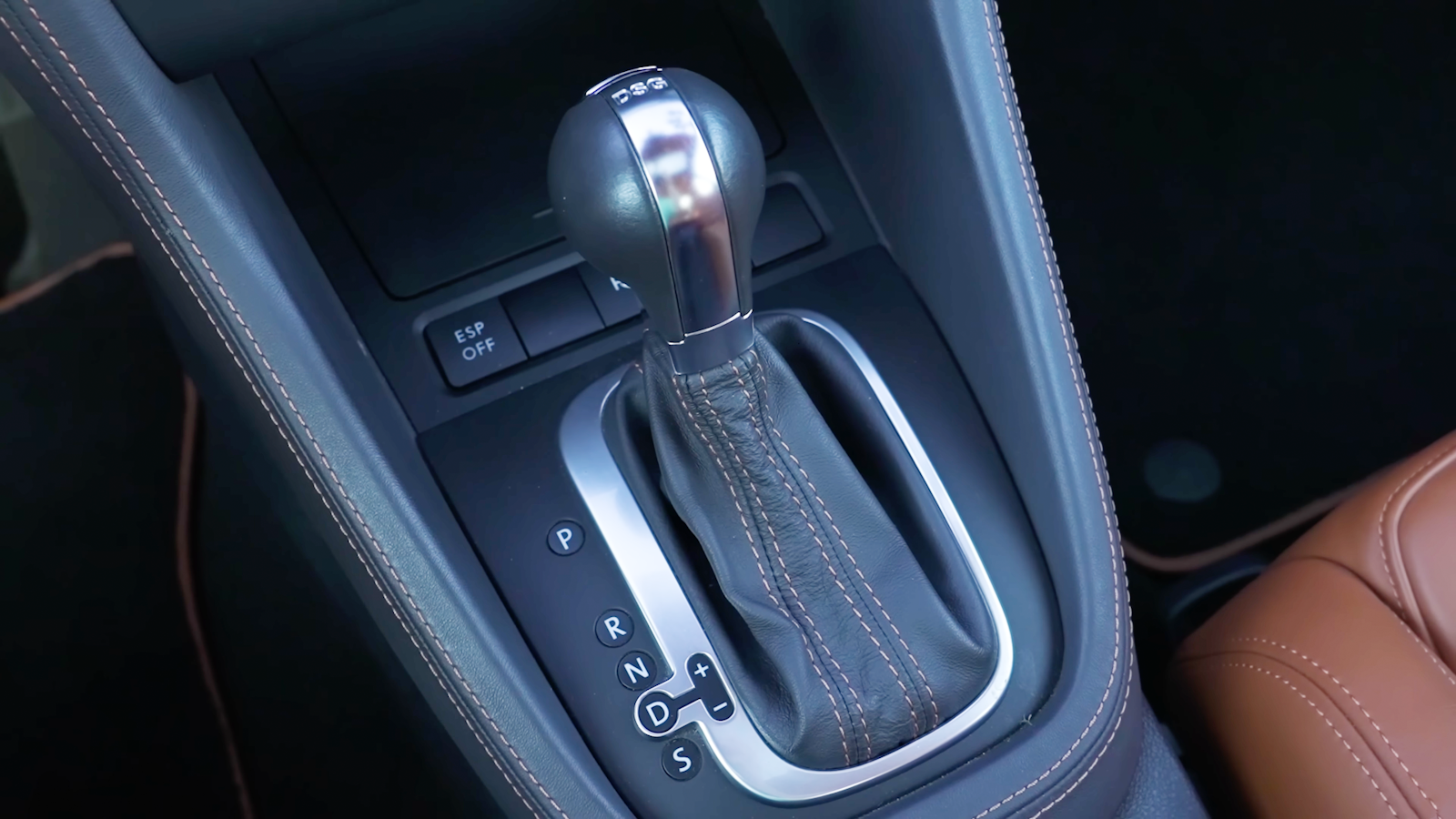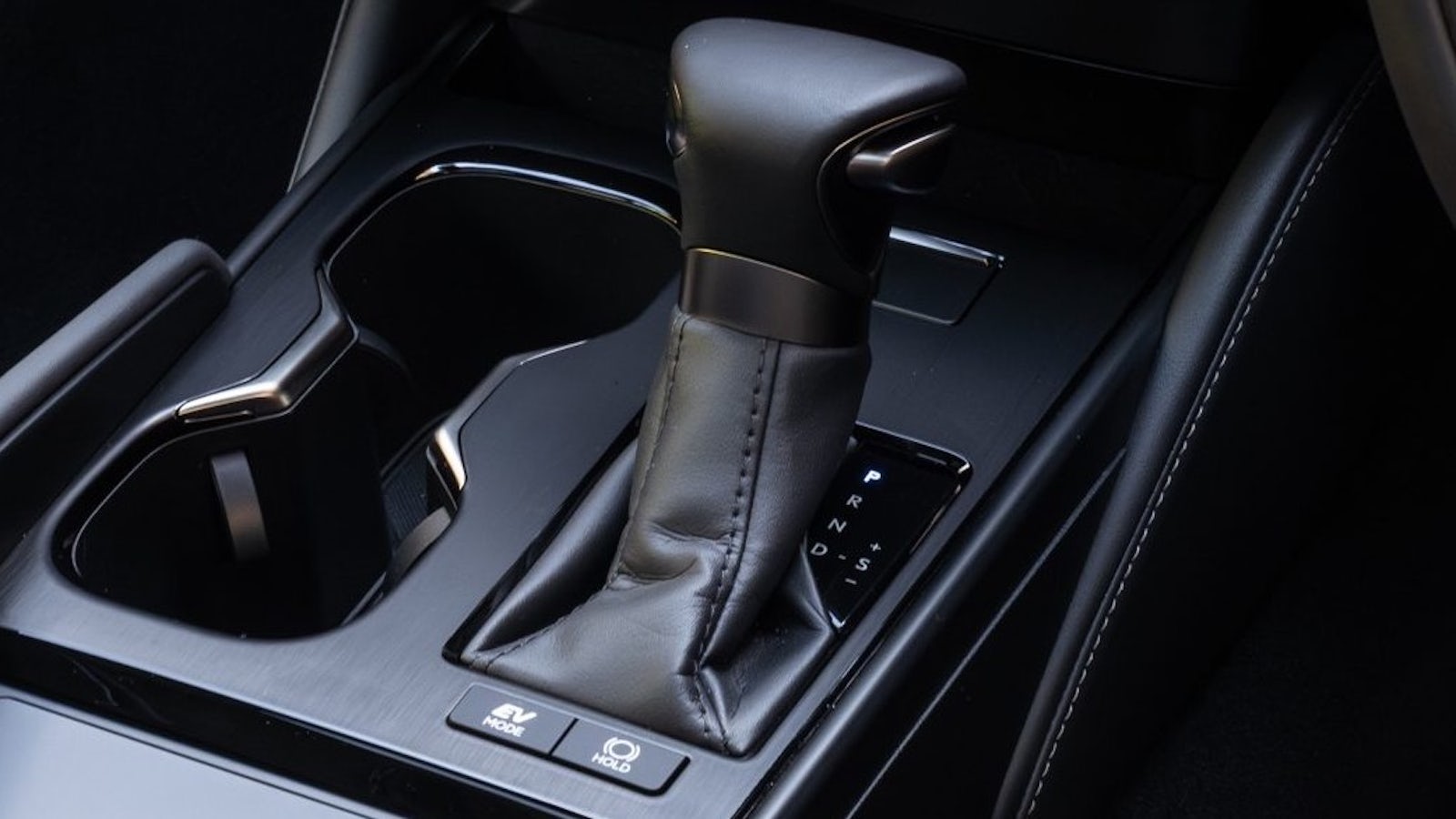How to drive an automatic car
January 14, 2025 by David Motton

Wondering how to drive an automatic car? Don’t worry, it’s not difficult. Driving an automatic car is easier than driving a manual car. So, there’s no need to fret if you are a beginner when it comes to driving an automatic car – we’ll talk you through it, step by step.
What is an automatic car?
An automatic car is one fitted with an automatic transmission – in other words, it changes gear for the driver. There’s no clutch pedal to worry about. Instead, an automatic car has just two pedals. There’s an accelerator to make the car go, and a brake to make it stop.
Automatic cars still have a gearlever, but the driver doesn’t need to move it often and there are fewer positions to choose from. Automatic cars have park (for when the car is stopped still for a prolonged period), neutral (when the car’s engine is disconnected from the driven wheels), reverse (for going backwards) and drive (for going forwards). These are usually marked by different letters (P, N, R, and D).
Once in ‘drive’ an automatic gearbox will change between forward gears for the driver, depending on the car’s speed, engine revs, throttle position, and driving conditions.
What is a semi-automatic car?
A semi-automatic combines elements of a manual and an automatic car. Essentially, a semi-auto is a manual gearbox with an mechanically operated clutch, so there’s no clutch pedal.
From the driver’s seat, it’s much the same as any other automatic, but the mechanical parts are more closely related to those used in a manual rather than a regular automatic. That’s why these cars are sometimes referred to as clutchless manuals.

How to drive an automatic car: step-by-step
Driving an automatic is easy when you know how. If you can already drive a manual, then you’ll find an automatic straightforward after a short while to adjust. If you are new to driving altogether and intimidated by the changing gear in a manual car, an automatic makes life easy by handling all that fiddly gear-changing for you.
Here’s what you need to know…
Starting an automatic car
- Start with the car in ‘park’ with the parking brake applied.
- Put your foot on the brake pedal (the one on the left), press down, then turn the key or press the start button.
- Keep your foot on the brake. Move the gear selector from ‘P’ for park to ‘D’ for drive.
- Once you are sure it is safe to move, release the parking brake (in some cars this happens automatically once the car is in drive and you move your foot off the brake pedal.
- Lift your foot from the brake pedal, and the car will begin to move forwards.
- Press down smoothly on the accelerator (the pedal on the right) to build speed. You can leave the gearbox to change up and down the gears for you.
Stopping an automatic car
- Apply the brake. The car will slow down and eventually stop.
- Once the car has come to a complete halt, keep your foot on the brake and move the gear lever to ‘P’ for park.
- Apply the handbrake or push-button parking brake, then take your foot from the brake pedal.
- Turn off the ignition by twisting the key or pressing the start/stop button.
The different types of automatic gearboxes
One automatic gearbox is much like another, right? Well, it’s not quite that simple.
Although all automatics change gear for the driver, the mechanical parts that allow that to happen can be very different, depending on the type of gearbox. Here’s what you need to know…
Conventional automatic gearboxes
A regular common or garden automatic gearbox has several set gear ratios, just like a manual car does. A device called a torque converter does the job of the clutch in a car with a manual gearbox, spinning the transmission through a fluid coupling and turning the wheels.
Continuously variable transmissions (CVT)
A continuously variable transmission or CVT uses two pulleys, connected by a steel belt. Instead of having, say, five or six set gear ratios, a CVT can vary the ratio by adjusting the diameter of the two pulleys.
Fans of this type of gearbox argue that it is very efficient. That’s because it allows the engine to operate at the ideal revs for economical cruising or rapid acceleration, rather than being limited by the fixed gears of a conventional automatic.

A Lexus ES has a CVT gearbox
However, when accelerating hard a CVT tends to run the engine at high revs and adjust the gear ratio to build speed. This is noisy and can seem odd until you are used to it. Some CVT gearboxes have artificial stepped gears to make them behave more like regular gearboxes.
Dual-clutch automatics
With a dual-clutch automatic, you effectively have two gearboxes for the price of one.
One part of the transmission takes care of odd-numbered gears, one handles even gears. The clever part is the way the gearbox decides whether you will next require a higher or lower gear, and pre-selects the ratio.
This allows for very quick gearchanges and can make for a fuel-efficient transmission.
The Volkswagen Group’s Direct Shift Gearbox (DSG) is an example of a dual-clutch automatic gearbox.
Automated manual gearboxes
An automated manual gearbox has a clutch, just like a regular manual car, but the clutch is mechanised so there is no need for a clutch pedal. Gearchanges take place automatically, or when the driver nudges a lever or pulls on paddles behind the steering wheel.
BMW’s SMG is an example of an automated manual gearbox.
Advantages and disadvantages of driving an automatic car
Some drivers much prefer an automatic gearbox. Others dislike giving the car control of gear selection, preferring to be fully involved in this aspect of driving.
Here are the key advantages and disadvantages to help you decide if an automatic gearbox will suit you.
Advantages of driving an automatic car
- Easier to drive than a manual.
- Less tiring in stop-start traffic because there’s no clutch pedal.
- Gearboxes with a manual override aim to offer the best of both worlds.
- Choosing to drive an automatic means electric cars are available.
- Hill starts take less concentration and won’t wear the clutch because there isn’t one.

Disadvantages of driving an automatic car
- An auto is often more expensive to buy than a manual.
- Some drivers find automatics dull.
- As a rule, automatics are costlier to maintain than manuals.
- Fuel bills can be higher if a car is fitted with an automatic gearbox.
- Automatic cars don’t have engine braking, which removes one way for a driver to control the car’s speed.
Driving an automatic car FAQs
Is it easy to drive an automatic car?
Yes, it’s easy – or perhaps it’s fairer to say that it’s easier than driving a manual car. More straightforward driving is one of the big benefits of choosing an auto.
Can I drive an automatic car with a manual licence?
Yes. If you passed your test in a manual car you don’t need to take another test to drive an automatic. However, if you passed your practical driving test in an automatic you will need to pass the test a second time driving a manual before you can get a licence to drive a manual car.
How to drive an automatic car in snow?
Some automatic cars have a snow mode, which will help you keep control when the road surface is slippery. For example, in snow mode the gearbox typically starts in second gear to help prevent wheelspin. With or without a specific snow mode, it’s important to drive gently and smoothly, and allow plenty of time and distance when stopping.
Should you put an automatic car in neutral at traffic lights?
If you are going to be stopped briefly, it’s okay to leave the car in ‘drive’ and keep your foot on the brake pedal.
There are different schools of thought if you will be stopped for longer. Some argue that shifting from drive to neutral adds to the wear on the transmission components, and that it is better to stay in drive. However, the counterargument is that the glare from your brake lights can be distracting to the driver behind and will weaken their vision at night, so it’s better to switch to neutral and apply the handbrake/parking brake if you are stopped for more than a moment.
Do you start an automatic car in park or neutral?
Start off in park. Put your foot on the brake pedal, start the engine, then move the gear lever to ‘D’ for drive.
Is the automatic car easy to pass?
It’s easier to pass a driving test in an automatic, as some of the tricky aspects of driving are taken care of for you. However, making the grade in the practical test while driving an automatic still requires good control of the car, hazard awareness, and roadcraft.
Looking for an easy way to change your car? Then Carwow is the place to go. You can sell your car for a great price, and get the best deals on a new one. All through our network of trusted dealers and all from the comfort of your home. Tap the button below to get started today.















